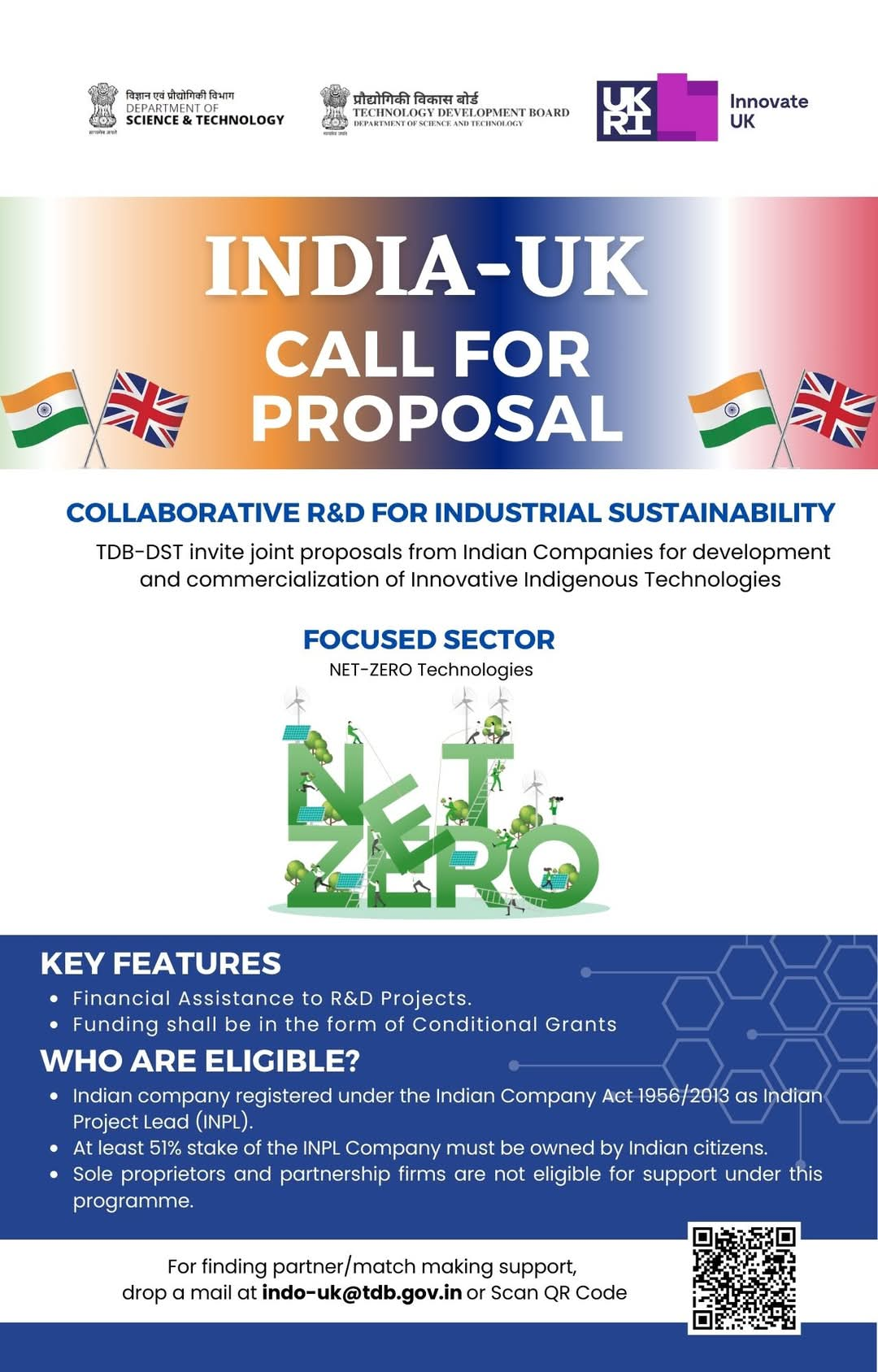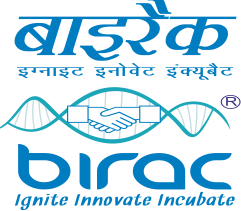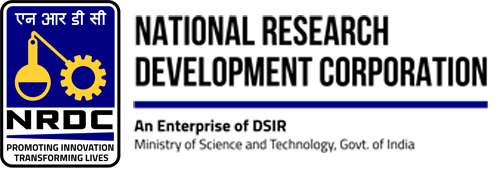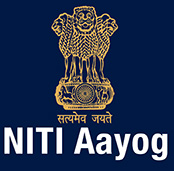| Details of Call for Proposals | |
|---|---|
| Title | India-UK Collaborative R&D for Industrial Sustainability |
| Call open: | 25-11-2024 |
| Call Close: | 12-02-2025 |
The aim of this competition is to fund business led, collaborative research and development (CR&D) projects focused in the area of Net Zero Technologies, for innovative proposals developed between the UK and India.
Your project must demonstrate:
- a clear game-changing or disruptive innovative idea leading to new products, processes or services
- a strong and deliverable business plan that addresses and documents, market potential and needs
- sound, practical financial plans and timelines
- good value for money which will always be a consideration in Innovate UK and Department of Science and Technology funding decisions
- a clear, evidence-based plan to deliver significant economic impact, return on investment (ROI) and growth through commercialisation, as soon as possible after project completion
- considerable potential to significantly benefit the UK and India economy
- the benefits of participants from the countries working together and how this adds value
- a clear definition of where intellectual property (IP) can be used and shared between the participants and countries
- a clear route to exploitation or commercialisation
We would particularly welcome applications that focus in either advance material & manufacturing and renewable energy (storage and distribution).
- Department of Science & Technology (DST): The Department of Science & Technology (DST) was established in May 1971, with the objective of promoting new areas of Science & Technology and to play the role of a nodal department for organising, coordinating and promoting S&T activities in the country. The Department of Science & Technology (DST), Government of India has an important role in building a strong base for Research, Development and Demonstration in India and in addressing national concerns about strengthening science and technology. DST, as a national agency for strengthening the base of Science and Technology in the country has made sincere attempt to address national concerns of India in basic as well as applied research. For more information about DST, please visit www.dst.gov.in
- Technology Development Board (TDB): The Technology Development Board (TDB) was constituted in September 1996 under the Technology Development Board Act, 1995, as a statutory body, to promote development and commercialization of indigenous technology and adaptation of imported technology for wider application. The TDB is the first organization of its kind within the government framework with the sole objective of commercializing the fruit of indigenous research. The Board plays a pro-active role by encouraging enterprises to take up technology-oriented products. The TDB provides financial assistance to Indian industrial concerns and other agencies, attempting development and commercial application of indigenous technology, or adapting imported technology to wider domestic applications. For more information about TDB, please visit www.tdb.gov.in
- Innovate UK: Innovate UK is the UK’s national innovation agency. They support business-led innovation in all sectors, technologies and UK regions. They help businesses grow through the development and commercialization of new products, processes, and services, supported by an outstanding innovation ecosystem that is agile, inclusive, and easy to navigate. For further information please visit https://www.ukri.org/
Your project must
- have a grant funding request of no more than INR 150.00 Lakhs (India) & between £100,000 and £300,000 (UK only)
- start by 1 September 2025
- end by 29 February 2027
- last between 6 and 18 months
Projects must:
- be innovative
- be a new product, process or service
- involve a technological risk
- have a high market potential in the participating countries
To lead a project from Indian side
An Indian Company headquartered in india having requisite understanding and capability to understand R&D activities will be project lead. Academic Institutions, Research entities and other R&D institutes having headquarter and operational base in India are strongly encouraged to participate in the projects are partners with project lead.
- The Indian Project Lead (i.e., lead company) must be a commercial (for profit) company under the Indian company Act 1956/2013, which operates in and is headquartered in India.
- At least 51% stake of the lead Company must be owned by the Indian citizens.
- The lead company should have the required expertise and team capacity to manage the proposed projec
- Sole proprietors and partnership firms are not eligible for support under this programme
- Companies headquartered and owned outside India and their subsidiaries in India or vice versa are not eligible to receive funding from DST/TDB under this programme
- Lead company should lead the project from Indian side and if required bring another industry partners or academic/R&D institutions as partners.
Preference will be given to:
- Indian Companies having in-house R&D Centre which is recognised by the Department of Scientific and Industrial Research (DSIR), Government of India.
- Companies that fall under Micro, Small and Medium Enterprises (MSME) category as defined by the Government of India
To collaborate with the lead, your organisation must be one of the following UK registered:
- business of any size
- large organisation (business only)
- academic institution
- research and technology organisation (RTO)
Only UK registered partners must be listed in the Project Partner section of your application on the Innovation Funding Service (IFS). Your Indian partner will not receive any of this UK competition funding. Indian partners will be funded by the DST programme following a parallel application.
Each organisation in your consortium will receive funding from its respective national funding body.
(A)Funding for Indian Applicants
Selected project participants will receive funding from TDB, on behalf of Department of Science & Technology (DST), Government of India, in India and from UK Research and Innovation (UKRI) in UK respectively. Funds will be provided in accordance with the national laws, rules, regulations and procedures established by each organization, and/or each jurisdiction/country. TDB on behalf of the Department of Science & Technology (DST), Government of India, will fund the successful projects, as follows:
- Total project funding as “Royalty Based Conditional Grant” for Indian applicants to a maximum of INR 150 lakhs per project or 50% of the Indian Project cost, whichever is lower
- Indian industry share can range from INR 100 lakhs minimum to INR 125 lakhs maximum, if partnering with Indian R&D organization/academic institution.
- Indian R&D organization/academic institution share can be upto INR 50 lakhs maximum and may receive up to 100% of their costs (within applicable range specified above and as per proposal) on a reimbursement/advance basis as a Grant
- Indian industry may receive up to 50% of their part of the eligible cost on a reimbursement basis, for costs already incurred on a proportionate basis on the completion of milestones
- Funding from other public sector sources will be taken into account when awarding grant, and applicants will be asked to declare funding from other sources in the application
In addition to submitting the Application Form and its appendices, the Indian Project Lead will also be required to submit/upload the following:
- Memorandum of Understanding (MoU) between All Consortium Partners.
- Registration Certificate of all project partners, including Academia/R&D Labs, issued by competent authority
- Audited Annual Reports (including Income Tax Return, Balance Sheet, and Profit & Loss Account & Auditor’s Reports) of all Consortium partners for the last three Financial Years.
- Know Your Customer (KYC) documents of all Consortium partner(s). KYC means Identity & Address proof of the organization which includes Company PAN Card, Electricity Bill, etc.)
- Self-Declaration of Applicant on Company letterhead, signed by MD/CEO/Company Secretary, as all Statutory Norms are complied by the Applicant till date.
- Share Holding Patter of the Company (highlighting the Foreign Investment, if any)
- Copy of all relevant Certification like CMMI, ISO, etc. if any.
| India | UK |
|---|---|
Mr. Deepak Chaturvedi Technology Development Board | Innovate UK Innovate UK |
| Looking for partner: Click here | |








